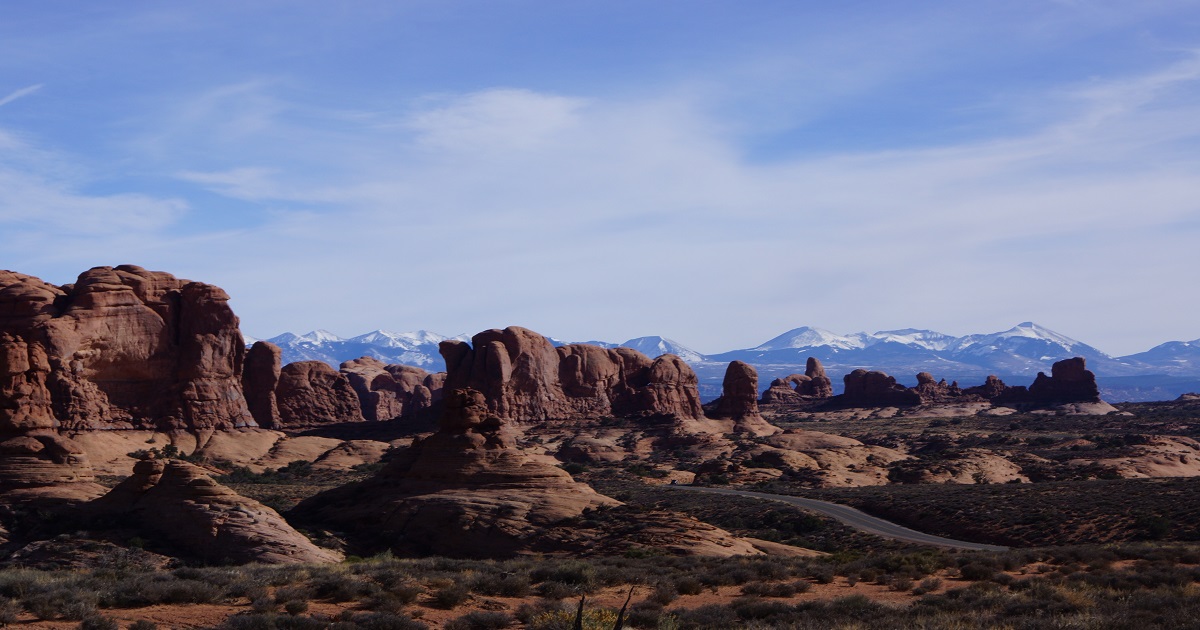Natural Landscape and Cultural Heritage
A special issue of Land (ISSN 2073-445X).
Deadline for manuscript submissions: closed (20 June 2023) | Viewed by 17522

Special Issue Editor
Interests: heritage preservation; native people; environmental impact assessment
Special Issues, Collections and Topics in MDPI journals
Special Issue Information
Dear Colleagues,
Cultural landscapes and heritage places exist together in the minds of traditional people and in the natural topography of the Earth. The relationship between cultural heritage and natural landscapes is complex and thus debated. The articles in the Special Issue will include largely descriptive discussions of natural landscapes and their role in Native heritage as well as more abstract analyses on the phenomenology of landscapes. It is expected that the landscape papers will involve interesting natural topographies and unique cultural interpretations.
The purpose of this Special Issue is to invite contributions covering, but not limited to, the following:
- Ideally, some of the articles will address the role of landscapes and cultural heritage in public debates and policies.
- There is a general problem with Native landscapes that have little or no anthropogenic modifications in that when they involve some public action, opponents simply maintain they do not exist. Therefore, a key research issue is how to make policy-relevant arguments for the existence of non-archaeology cultural heritage landscapes and places.
- Native landscapes are often perceived as existing in multiple time and space dimensions, so how can this be studied and presented to a public that must allocate educational space and preservation resources for the landscape?
- Different cultural layers defining the meaning of landscapes and heritage.
- How to offer a coherent landscape interpretation to the public when many cultural groups have cultural ties to heritage places.
Prof. Dr. Richard W Stoffle
Guest Editor
Manuscript Submission Information
Manuscripts should be submitted online at www.mdpi.com by registering and logging in to this website. Once you are registered, click here to go to the submission form. Manuscripts can be submitted until the deadline. All submissions that pass pre-check are peer-reviewed. Accepted papers will be published continuously in the journal (as soon as accepted) and will be listed together on the special issue website. Research articles, review articles as well as short communications are invited. For planned papers, a title and short abstract (about 100 words) can be sent to the Editorial Office for announcement on this website.
Submitted manuscripts should not have been published previously, nor be under consideration for publication elsewhere (except conference proceedings papers). All manuscripts are thoroughly refereed through a single-blind peer-review process. A guide for authors and other relevant information for submission of manuscripts is available on the Instructions for Authors page. Land is an international peer-reviewed open access monthly journal published by MDPI.
Please visit the Instructions for Authors page before submitting a manuscript. The Article Processing Charge (APC) for publication in this open access journal is 2600 CHF (Swiss Francs). Submitted papers should be well formatted and use good English. Authors may use MDPI's English editing service prior to publication or during author revisions.
Keywords
- natural landscapes as cultural heritage
- landscapes and dramatic places such as volcanos
- pilgrimage places and activities
- social perception of topography
- role of fauna and flora in defining the heritage value of landscapes
- landscape interpretation and public policy





